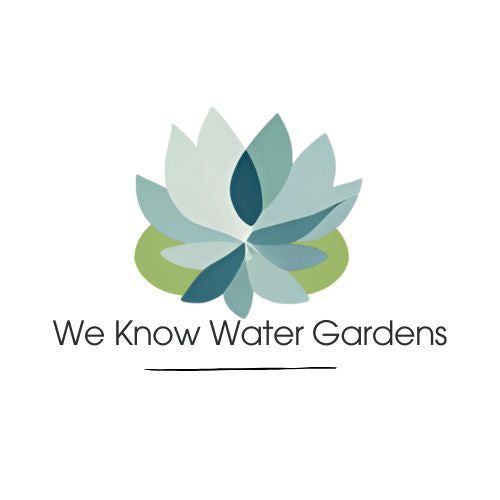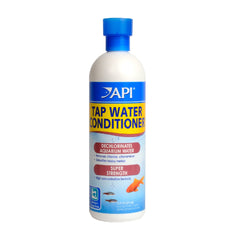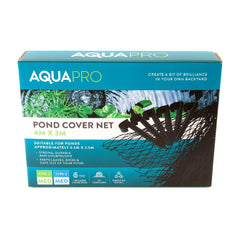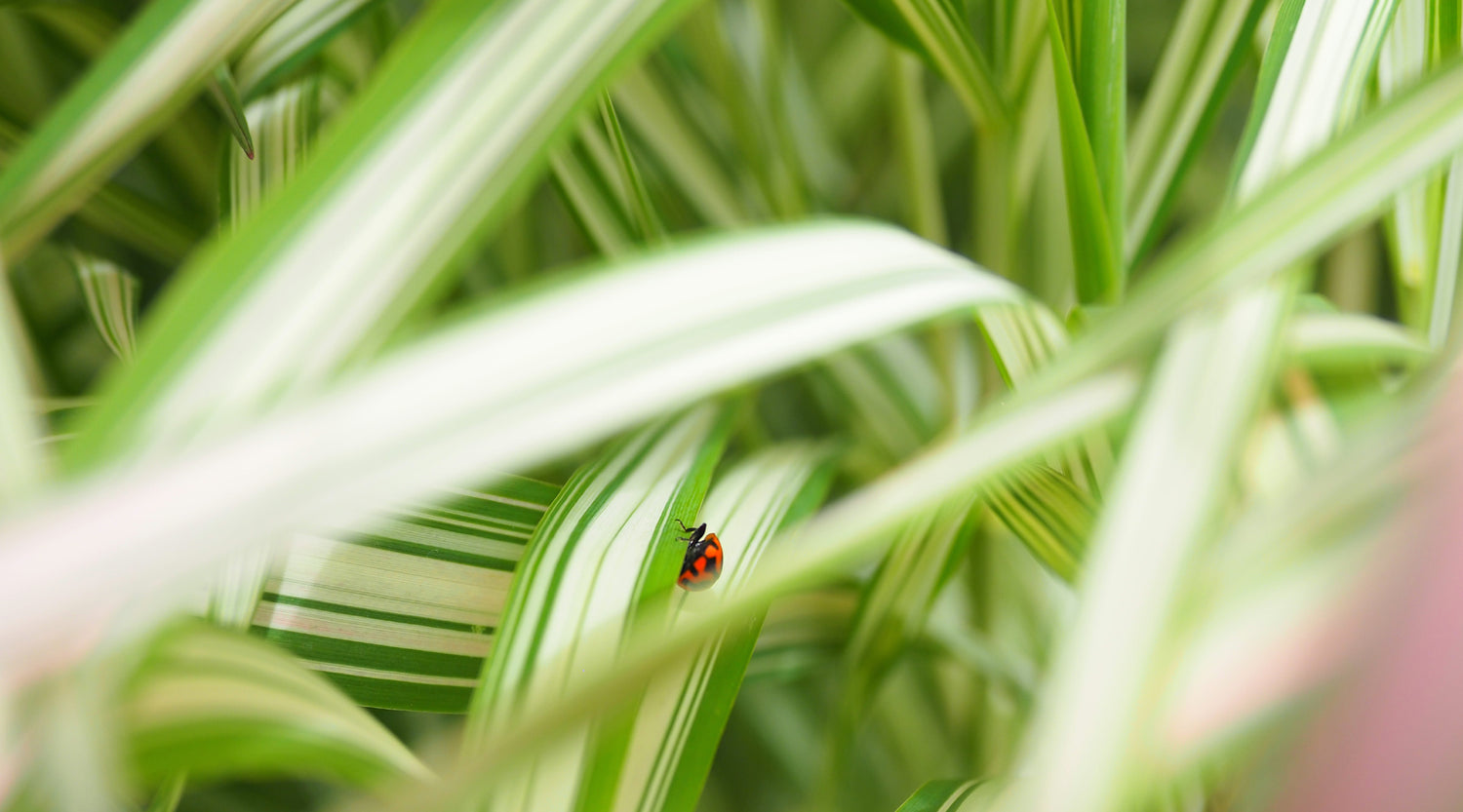Must-Know Tips for Successfully Raising Koi Pond Fish
on Feb 17, 2024
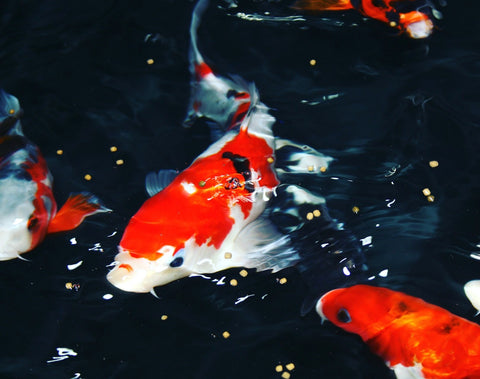
Are you thinking about creating a beautiful koi pond in your backyard? If so, you're in for a treat! Raising koi pond fish can be an incredibly rewarding and enjoyable experience. However, it's important to have some essential knowledge to ensure the success and well-being of your fish. In this article, we will our must-know tips for successfully raising koi pond fish.
From selecting the right location for your pond to maintaining proper water quality, these tips will help you create a thriving koi pond. We'll also discuss feeding strategies, disease prevention, and how to protect your fish from predators. Whether you're new to keeping koi or have an existing pond, there's something here for everyone.
With the right information and proper care, your koi pond can become a stunning centerpiece of your outdoor space. So, let's dive in and discover how you can create a harmonious and vibrant ecosystem for your koi pond fish.
Setting up a Koi pond
 The first step in successfully raising koi pond fish is setting up the pond itself. When choosing a location for your pond, it's important to consider factors such as sunlight exposure, access to electricity, and proximity to trees or other sources of debris. Ideally, you want a spot that receives at least six hours of sunlight each day, as this will promote healthy plant growth and provide the necessary warmth for your fish.
The first step in successfully raising koi pond fish is setting up the pond itself. When choosing a location for your pond, it's important to consider factors such as sunlight exposure, access to electricity, and proximity to trees or other sources of debris. Ideally, you want a spot that receives at least six hours of sunlight each day, as this will promote healthy plant growth and provide the necessary warmth for your fish.
The size of your pond will depend on the number of koi you plan to keep. As a general rule of thumb, each koi needs about 650L of water to thrive. Additionally, your pond should have a depth of at least 90cm to provide ample space for the fish to swim and protect them from predators. It's also important to consider the shape of the pond. Koi prefer round or oval-shaped ponds as they mimic their natural habitat and allow for efficient water circulation.
Once you've determined the location and size of your pond, you'll need to decide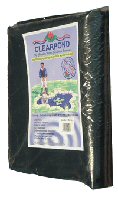 on the construction materials. Popular options include pre-formed fiberglass or rubber liners. Pre-formed fiberglass ponds are easy to install but may limit your design choices. On the other hand, rubber liners offer more flexibility in terms of shape and size but require careful installation to prevent leaks.
on the construction materials. Popular options include pre-formed fiberglass or rubber liners. Pre-formed fiberglass ponds are easy to install but may limit your design choices. On the other hand, rubber liners offer more flexibility in terms of shape and size but require careful installation to prevent leaks.
Remember to include essential features like a filtration system and aeration devices in your pond design. These components are crucial for maintaining water quality and ensuring the health of your koi. A filtration system will remove debris and harmful substances from the water, while aeration devices, such as waterfalls or pond pumps, will oxygenate the water and create a pleasant environment for your fish.
Choosing the right Koi fish breeds
Selecting the right koi fish breeds is an important decision that will impact the overall beauty and diversity of your pond. Koi come in a wide variety of colours and patterns, so it's essential to choose breeds that complement each other and create a visually appealing display. They are a long lived pet, some koi will live up to 30-40 years!
Some popular koi breeds in Australia include Kumonryo, Showa, and Sanke, which are characterised by their vibrant red, white, and black colours. Other breeds like Asagi and Shusui feature unique blue scales, while Ogon varieties come in metallic shades of gold, silver, or platinum. When choosing koi, consider the overall colour scheme you want to achieve in your pond and select breeds that will enhance the visual impact.
It's also important to consider the size and growth potential of the koi breeds you choose. Some breeds, like the Gosanke group, are known for their large size and rapid growth. If you have a smaller pond, you may want to opt for smaller breeds like the Hikarimono (platinum coloured koi) group. Keep in mind that koi can live for several decades and grow to be quite large, so plan accordingly to ensure your pond can accommodate their needs.
When purchasing koi, we recommend starting with the Koi Society of Australia and find a branch in your local area.
Proper feeding and nutrition for Koi fish
Feeding your koi the proper diet is crucial for their growth and overall health. Koi are omnivorous, meaning they eat both plant matter and small aquatic creatures. A well-balanced diet for koi should consist of both high-quality commercial koi food and natural foods found in the pond.
Commercial koi food comes in various forms, including pellets and flakes. Look for a high-quality brand that contains a balanced mix of proteins, carbohydrates, and vitamins. Avoid cheap, low-quality feeds that may contain fillers or harmful additives. Feed your koi small amounts several times a day, as this will prevent overfeeding and reduce the risk of water pollution.
In addition to commercial food, you can supplement your koi's diet with natural foods found in the pond. As koi are omnivores, this can include insects, earthworms, and aquatic plants. However, be cautious when introducing natural foods, as they can introduce parasites or diseases to your pond if not properly sourced or prepared. It's best to consult with an expert or do thorough research before adding natural foods to your koi's diet.
 We recommend adding a fast growing pond plant in our floating pond ring to provide healthy greens for you koi. Pond plants such as Brahmi are fast growing and will spread out over the pond plant ring. Brahmi is an oxygenating pond plant when submerged in ponds.
We recommend adding a fast growing pond plant in our floating pond ring to provide healthy greens for you koi. Pond plants such as Brahmi are fast growing and will spread out over the pond plant ring. Brahmi is an oxygenating pond plant when submerged in ponds.
Remember that koi are opportunistic eaters and may overeat if given the chance. Overfeeding can lead to obesity and other health issues, so it's important to monitor their feeding habits closely. If you notice that your koi are not consuming all the food within a few minutes, reduce the amount you feed them to avoid waste and water pollution.
Maintaining water quality in your Koi pond
Maintaining proper water quality is essential for the health and well-being of your koi pond fish. Poor water quality can lead to stress, disease, and even death. Therefore, it's important to regularly test and monitor the water parameters to ensure they remain within acceptable ranges.
The three main water parameters you should monitor are ammonia, nitrite, and nitrate levels. Ammonia and nitrite are highly toxic to fish and should be kept at zero or near-zero levels. Nitrate, on the other hand, is less harmful but can cause issues if levels become too high. Regular water changes, proper filtration, and adequate aeration are key to maintaining optimal water quality.
To test the water parameters, you can use a water testing kit specifically designed for aquarium fish. These kits typically include test strips or liquid reagents that can provide accurate readings. Test the water at least once a week and take appropriate measures if any parameters are outside the recommended range.
Regular water changes can help to remove accumulated toxins and maintain optimal water quality. Aim to replace about 10% of the water in your pond every week. When performing water changes, make sure to dechlorinate the tap water before adding it to the pond. Chlorine and chloramines can be harmful to your fish, so use a water conditioner to neutralise these chemicals.
optimal water quality. Aim to replace about 10% of the water in your pond every week. When performing water changes, make sure to dechlorinate the tap water before adding it to the pond. Chlorine and chloramines can be harmful to your fish, so use a water conditioner to neutralise these chemicals.
In addition to regular water changes, a reliable filtration system is crucial for maintaining water quality. There are different types of filtration systems available, including mechanical, biological, and chemical filters. A combination of these filters is often recommended to achieve the best results. Mechanical filters remove debris and solid waste, biological filters promote the growth of beneficial bacteria that break down harmful substances, and chemical filters help remove impurities and improve water clarity.
Preventing and treating common Koi fish diseases
Just like any other living creatures, koi fish are susceptible to various diseases. However, with proper care and preventive measures, you can reduce the risk of disease outbreaks and keep your fish healthy and thriving.
One of the most effective ways to prevent diseases in your koi pond is to maintain good water quality, as mentioned earlier. Clean, well-oxygenated water reduces stress on the fish and strengthens their immune system, making them less susceptible to infections. Additionally, avoid overcrowding your pond, as overcrowding can lead to stress and the spread of diseases.
Regularly inspect your fish for any signs of illness, such as changes in behaviour, loss of appetite, or visible abnormalities. Early detection of disease is crucial for successful treatment. If you notice any concerning symptoms, isolate the affected fish from the rest of the pond and consult with a veterinarian or koi expert for proper diagnosis and treatment options.
Some common diseases that affect koi fish include bacterial infections, parasitic infestations, and fungal diseases. Bacterial infections can cause symptoms like red sores or ulcers, while parasitic infestations may result in excessive scratching or flashing. Fungal diseases can cause white patches or fluffy cotton wool type growths on the fish's body. Treatment options vary depending on the specific disease, so it's important to follow the advice of a professional.
To prevent the introduction of diseases to your pond, quarantine any new fish before adding them to your main pond. This will allow you to observe them for any signs of illness and treat them if necessary before they potentially infect your existing fish. Quarantine tanks should be set up with their own filtration system and maintained separately from the main pond.
Regularly disinfecting your equipment, such as nets and water testing tools, can also help prevent the spread of diseases. Use a mild bleach solution or other recommended disinfectants to clean and sanitise your equipment between uses.
Koi fish breeding and reproduction
Breeding koi fish can be a fascinating and rewarding process, but it requires careful planning and preparation. If you're interested in breeding your koi, here are some essential tips to consider.
Firstly, you'll need to ensure you have both male and female koi in your pond. Koi fish reach sexual maturity at around three to four years of age. Male koi will develop small white spots called tubercles on their pectoral fins during the breeding season, while females will appear rounder and fuller in the abdomen.
To encourage successful breeding, you can provide your koi with a spawning area. This can be a shallow section of your pond with gravel or a separate spawning mat. The spawning area should have plenty of hiding spots to protect the eggs from being eaten by other fish.
When the breeding season arrives, the male koi will chase the female and nudge her belly to stimulate egg release. Once the eggs are released, the male will fertilise them externally. Make sure to remove the parents from the pond once the spawning is complete to prevent them from eating the eggs.
Koi eggs are highly sensitive and require specific conditions for successful hatching. The eggs should be kept in a separate tank with well-oxygenated water and protected from direct sunlight. It's important to maintain stable water temperature and quality during this period. After a few days, the eggs will hatch into fry, which will need to be fed small, nutrient-rich food several times a day.
Breeding koi fish can be a complex process, so it's recommended to do thorough research or seek guidance from experienced breeders before attempting it.
Winter care for Koi pond fish
Winter can be a challenging time for koi pond fish in some parts of Australia, as the cold temperatures can negatively impact their health. However, with proper winter care, you can help your koi survive and thrive through the colder months.
One of the most crucial factors to consider during winter is maintaining a stable water temperature. Koi are cold-blooded creatures and their metabolism slows down in colder temperatures. Ideally, the water temperature in your pond should remain above 10°C during winter. If the temperature drops below this threshold, your koi may become sluggish.
Feeding your koi during an Australian winter requires special consideration. As their metabolism slows down, their nutritional requirements decrease. Transition to a reduced feeding schedule as the weather becomes colder. Feed your fish sparingly, as uneaten food can contribute to water pollution.
Winter is also a good time to inspect and clean your pond equipment. Remove any debris, leaves, or excess sludge that may have accumulated in the pond. This will help maintain water quality and prevent potential issues once spring arrives.
Koi pond fish predators and how to protect your fish
Predators can pose a significant threat to your koi pond fish, especially if you live in an area with natural wildlife or nearby bodies of water. Here are some common predators and strategies to protect your fish.
Herons, Egrets, Ibis, kookaburras and other wading birds are notorious for preying on koi fish. To deter these birds, you can install a protective net or wire mesh over the pond. The net should be suspended above the water surface to prevent birds from reaching the fish. Alternatively, you can use scare devices such as decoy predators or noise-making devices to frighten birds away.
Creating hiding spots for your koi can help. These hiding spots can include submerged pipes or tunnels, aquatic plants, or rock formations. Providing adequate hiding spots will give your koi a place to retreat and protect themselves from predators.
Lastly, it's important to monitor your pond regularly for signs of predation. If you notice any missing or injured fish, take immediate action to identify and address the predator. The earlier you intervene, the better chances your koi have of survival.
Enjoying your backyard Koi pond
By following these tips, you are well on your way to successfully raising koi pond fish. From setting up the perfect pond to selecting the right breeds, feeding them a proper diet, and maintaining water quality, you have the essential knowledge to create a thriving koi pond.
Remember to always monitor water quality, prevent and treat diseases, and protect your fish from predators. With proper care, your koi pond can become a a feature of your garden!
© weknowwatergardens 2024
Share
